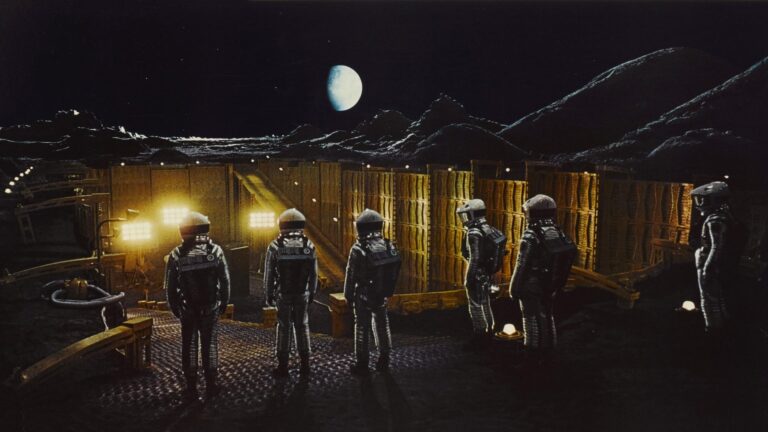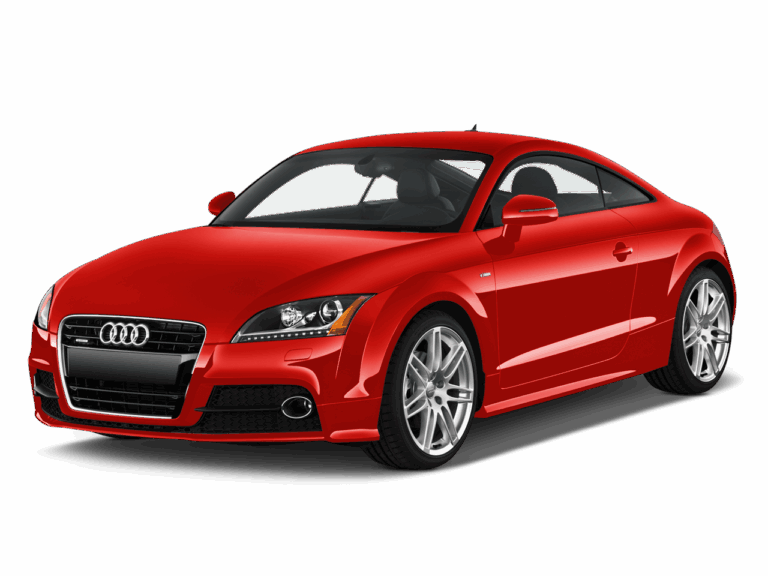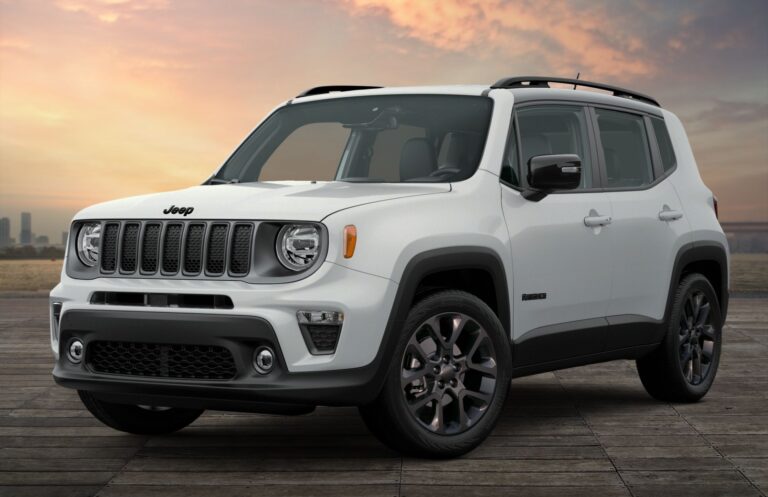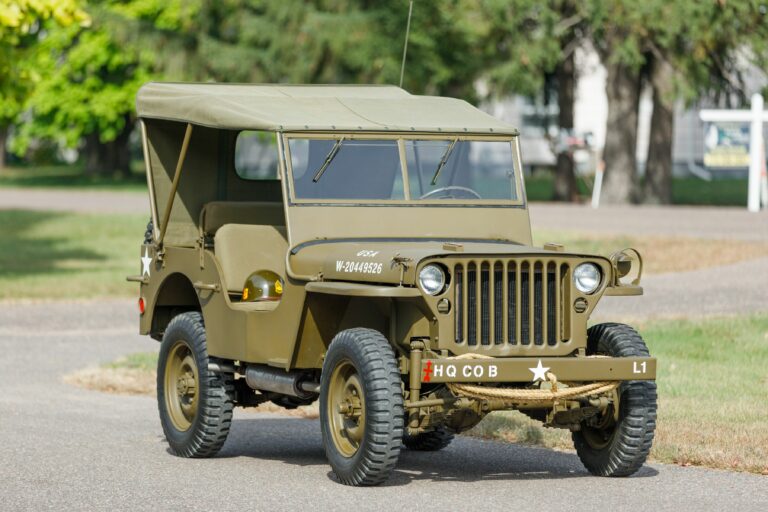Lifted Jeep Wrangler JK For Sale: Your Ultimate Buyer’s Guide
Lifted Jeep Wrangler JK For Sale: Your Ultimate Buyer’s Guide jeeps.truckstrend.com
The Jeep Wrangler JK (2007-2018) is a legendary off-road icon, renowned for its rugged capability and distinctive style. When you add a lift kit to the equation, you transform an already impressive vehicle into an even more formidable machine, ready to conquer challenging terrains and turn heads on the street. A "Lifted Jeep Wrangler JK For Sale" isn’t just a vehicle; it’s an invitation to adventure, a statement of individuality, and often, a meticulously customized piece of engineering. This comprehensive guide will delve into everything you need to know about finding, evaluating, and purchasing your dream lifted JK.
The Allure of a Lifted JK: More Than Just a Look
Lifted Jeep Wrangler JK For Sale: Your Ultimate Buyer’s Guide
Why do so many enthusiasts gravitate towards a lifted Jeep Wrangler JK? The reasons are multifaceted:
- Enhanced Off-Road Capability: This is the primary driver. A lift kit increases ground clearance, allowing the Jeep to navigate over larger obstacles like rocks, logs, and deep ruts without scraping the undercarriage. It also accommodates larger tires, which improve traction, approach, departure, and breakover angles, making trails that were once impassable now conquerable.
- Aggressive Aesthetics: There’s no denying the visual impact. A lifted JK with oversized tires commands attention. It embodies a spirit of adventure and ruggedness that stock vehicles simply can’t match. For many, it’s about achieving that quintessential "Jeep look."
- Improved Visibility: The elevated driving position offers a better vantage point, which can be beneficial in traffic and when spotting obstacles off-road.
- Customization Potential: A lifted JK often signifies a vehicle that has already been personalized by an enthusiast. This means you might find a vehicle with not just a lift, but also upgraded bumpers, winches, lighting, armor, and more, saving you the time and expense of performing these modifications yourself.
Understanding the "Lift": Types and Their Implications
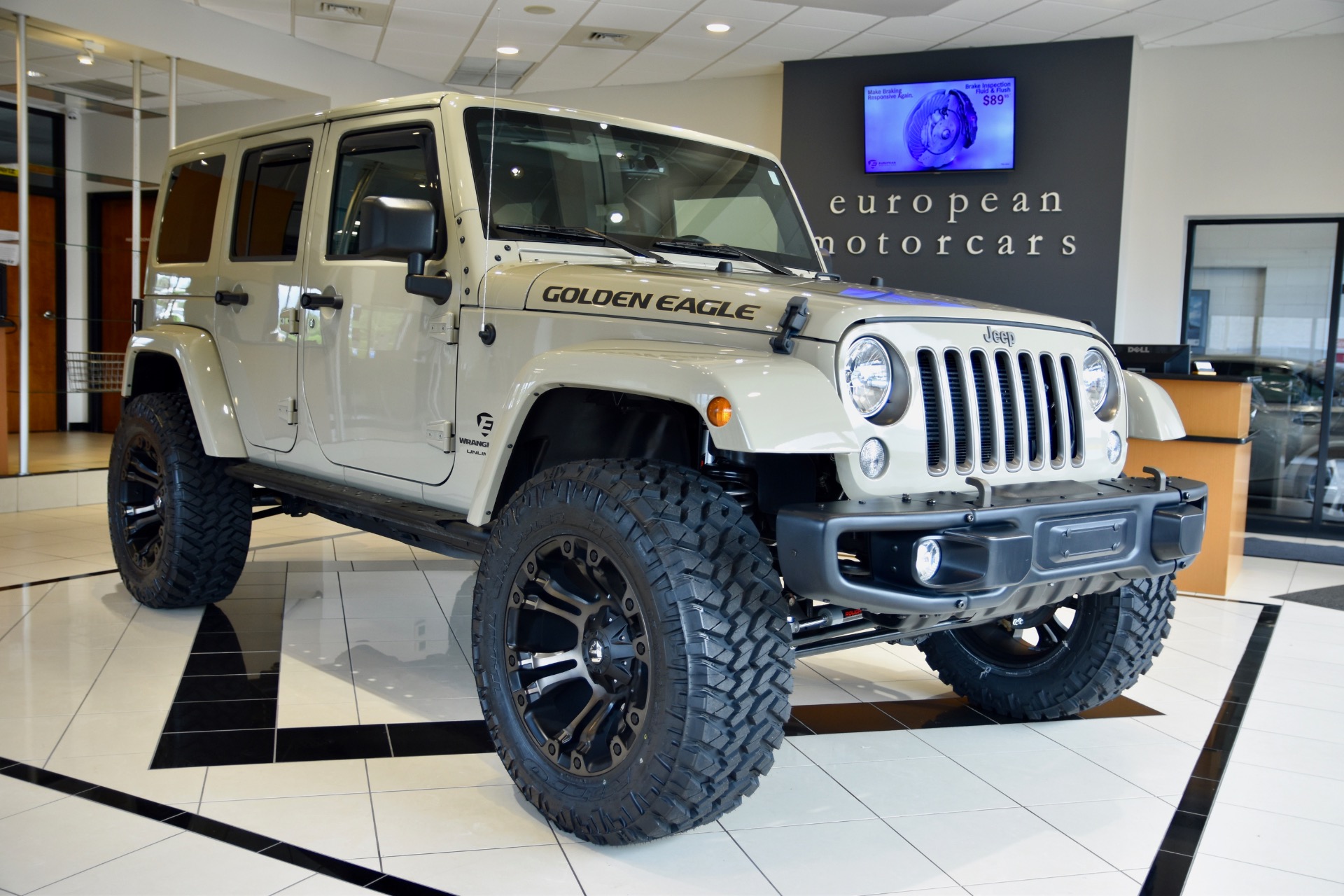
The "lift" in a lifted JK isn’t a single entity. It refers to a system of modifications that raises the vehicle’s body or frame higher off the ground. Understanding the different types is crucial:
- Spacer Lifts (Budget Boosts): These are the simplest and most affordable. Polyurethane or aluminum spacers are placed above the coil springs or between the body and frame (body lift). They offer a modest increase in height (1-2.5 inches) without significantly altering suspension geometry.
- Pros: Inexpensive, easy to install, maintain factory ride quality.
- Cons: Limited height increase, doesn’t improve suspension articulation, can prematurely wear shocks if not matched properly.

- Coil Spring Lifts: These replace the factory coil springs with longer, often stiffer, aftermarket springs. They typically provide 2.5-4 inches of lift and are a significant upgrade over spacers.
- Pros: Better ride quality (with good shocks), improved articulation, durable.
- Cons: More expensive than spacers, may require additional components like longer shocks, sway bar links, and bump stop extensions.
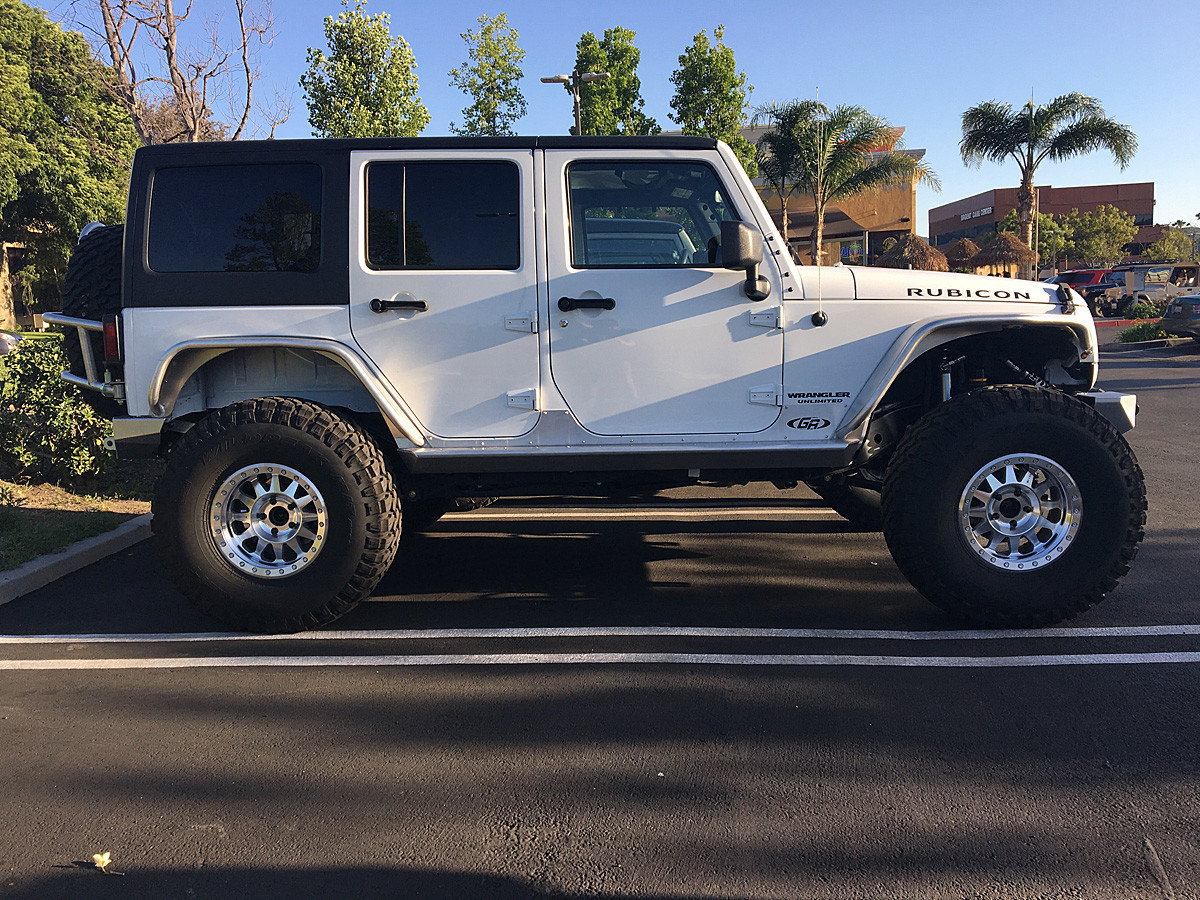
- Short Arm Lifts: Building on coil spring lifts, these kits include new coil springs, longer shocks, and replacement control arms (often adjustable) that are the same length as factory arms but are designed to work with the lifted geometry. They usually offer 2.5-4 inches of lift.
- Pros: Good balance of on-road manners and off-road capability, improved articulation over basic coil lifts.
- Cons: Can introduce caster issues at higher lifts if not properly adjusted, more expensive.
- Long Arm Lifts: These are the most comprehensive and expensive lift kits, typically for 4 inches of lift or more. They replace the factory control arms with much longer ones that relocate the mounting points further back on the frame.
- Pros: Superior ride quality and articulation, especially off-road, maintains optimal suspension geometry at extreme lift heights.
- Cons: Very expensive, complex installation (often requiring welding), reduces ground clearance under the frame where the control arm mounts are relocated, not ideal for every user.
Key Components of a Quality Lifted JK
A proper lift isn’t just about springs and shocks. For a truly capable and reliable lifted JK, other components often need upgrading:
- Tires and Wheels: Larger tires (33-37 inches are common) are essential for maximizing ground clearance and traction. This often necessitates aftermarket wheels with appropriate backspacing to prevent rubbing.
- Gearing: Larger tires effectively raise the final drive ratio, reducing acceleration and increasing strain on the engine and transmission. Re-gearing the differentials to a numerically higher ratio (e.g., from 3.73 to 4.56 or 4.88) is crucial for restoring performance, especially with 35-inch tires or larger.
- Driveshafts: At higher lift heights (especially 3.5 inches+ on 2-door JKs and 4 inches+ on 4-door JKs), the factory driveshafts can bind or vibrate due to increased operating angles. Aftermarket heavy-duty driveshafts (often 1310 or 1350 series) are a common upgrade.
- Steering Components: A lifted JK puts more stress on steering components. Upgraded tie rods, drag links, and a heavy-duty steering attenuator or hydraulic assist can improve steering feel and durability.
- Axles: While factory JK axles (Dana 30 front, Dana 44 rear on Rubicons, Dana 35 rear on some Sport/Sahara models) can handle moderate abuse, serious off-roaders with large tires often upgrade to stronger aftermarket axles (e.g., Dana 44 front, Dana 60, or even custom axles) for increased strength and reliability.
- Brakes: Larger tires mean more rotational mass, which can overwhelm stock brakes. Big Brake Kits (BBKs) or upgraded pads and rotors are common for improved stopping power.
Where to Find a Lifted JK For Sale
The market for lifted JKs is robust, offering several avenues for your search:
- Dedicated Off-Road Dealerships/Custom Shops: Many shops specialize in building and selling custom Jeeps. They often offer certified pre-owned lifted JKs, providing peace of mind regarding the quality of modifications and potential warranties.
- Private Sellers (Online Marketplaces): Websites like Craigslist, Facebook Marketplace, Autotrader, and dedicated Jeep forums are rife with private listings. This can offer the best value, but requires more due diligence on your part.
- Used Car Dealerships: Standard dealerships may occasionally have a lifted JK in their inventory. Be cautious here, as they might not have specialized knowledge about the modifications.
- Auction Sites: eBay Motors, Bring a Trailer, and local auctions can sometimes yield unique finds, but again, thorough inspection is paramount.
What to Look For When Buying a Lifted JK
Purchasing a modified vehicle requires extra scrutiny. Don’t just look at the shiny new parts; investigate the underlying condition.
- Rust Inspection: Jeeps are prone to rust, especially in colder climates where salt is used on roads. Check the frame, suspension components, body mounts, and floor pans thoroughly. A lifted Jeep might have seen more off-road action, potentially leading to more exposure to elements.
- Quality of Modifications:
- Brand Names: Are the lift kit components from reputable brands (e.g., AEV, TeraFlex, MetalCloak, Rock Krawler, BDS, Old Man Emu)? Avoid unknown or "eBay special" brands.
- Installation Quality: Look for clean welds, properly torqued bolts, correctly routed brake lines, and no signs of shortcuts or amateur work.
- Matching Components: Ensure the lift, tires, gearing, and other components are properly matched. For example, a 4-inch lift with 33-inch tires and stock 3.21 gearing is a red flag.
- Maintenance Records: Ask for detailed maintenance history, including oil changes, differential fluid changes (especially important with re-gearing), and any repairs related to the lift or larger tires.
- Underbody Inspection: Look for dents, scrapes, or gouges on the skid plates, control arms, and axles, which indicate aggressive off-road use. While some trail scars are normal, excessive damage could signal abuse.
- Test Drive:
- Steering: Does it wander, feel loose, or pull to one side? This could indicate alignment issues, worn steering components, or poor lift installation.
- Vibrations: Any unusual vibrations, especially at highway speeds, could point to driveshaft issues, unbalanced tires, or worn U-joints.
- Noises: Listen for clunks, squeaks, or groans from the suspension, especially over bumps or when turning.
- Braking: Does it stop smoothly and in a straight line?
- Gearing: Does the engine feel strained, especially accelerating from a stop or on inclines? This might indicate inadequate gearing for the tire size.
- Pre-Purchase Inspection (PPI): Highly recommended. Have an independent mechanic, preferably one familiar with lifted vehicles and Jeeps, perform a thorough inspection. This small investment can save you thousands down the road.
Legal and Practical Considerations
- State Laws: Lift laws vary by state. Ensure the lift height and tire size comply with your local regulations to avoid fines or inspection issues.
- Insurance: Inform your insurance provider about the modifications. Some may increase premiums or require specialized coverage.
- Fuel Economy: Larger tires and increased drag from the lift will significantly reduce fuel efficiency. Expect 1-3 MPG less, potentially more.
- Daily Drivability: While many lifted JKs are daily driven, higher lifts and larger tires can make them less comfortable on long trips, more susceptible to crosswinds, and harder to park.
DIY vs. Professionally Built
When considering a lifted JK for sale, you might encounter vehicles built by their owners or by professional shops.
- DIY Built:
- Pros: Often more affordable, owner might have deep knowledge of every component.
- Cons: Quality can vary wildly, potential for shortcuts, no professional warranty on the work.
- Professionally Built:
- Pros: Higher likelihood of proper installation and component matching, potential for shop warranty on modifications, easier to get service.
- Cons: Generally more expensive.
Pricing Your Lifted JK: A Variable Equation
The price of a lifted Jeep Wrangler JK varies dramatically based on several factors:
- Year and Mileage: Newer models with lower mileage command higher prices.
- Trim Level: Rubicon models, with their factory Dana 44 axles, electronic lockers, and disconnecting sway bars, are typically more expensive than Sport or Sahara trims, even when lifted.
- Condition: Overall vehicle condition, including rust, paint, interior, and mechanical health.
- Quality and Extent of Modifications: This is the biggest variable. A cheap spacer lift with worn stock components will add little value, while a high-end long arm kit, re-geared axles, and heavy-duty aftermarket parts can significantly increase the price. Top-tier brands and professional installation add value.
- Additional Accessories: Winches, bumpers, armor, lighting, roof racks, and other accessories all contribute to the value.
- Geographic Location: Market demand can vary regionally.
While it’s impossible to give definitive prices without specifics, the table below offers a highly generalized estimation. These are illustrative estimates and actual prices will vary significantly.
Estimated Price Ranges for Lifted Jeep Wrangler JK For Sale
| Model Year Range | Condition | Lift Type & Size | Tire Size | Key Modifications | Estimated Price Range (USD) |
|---|---|---|---|---|---|
| 2007-2011 | Fair | Spacer (2-2.5") | 33" | Basic, no re-gear | $12,000 – $18,000 |
| Good | Coil (2.5-3.5") | 33-35" | Basic upgrades, no re-gear | $16,000 – $22,000 | |
| Excellent | Coil/Short Arm (3-4") | 35" | Re-geared, armor, some accessories | $20,000 – $28,000 | |
| 2012-2018 | Fair | Spacer (2-2.5") | 33" | Basic, stock gearing | $18,000 – $25,000 |
| Good | Coil/Short Arm (2.5-3.5") | 35" | Some re-gear, basic armor | $23,000 – $32,000 | |
| Excellent | Short/Long Arm (3.5-4.5") | 35-37" | Re-geared, heavy-duty axles/driveshafts, premium armor, winch, lights, etc. | $30,000 – $45,000+ | |
| Rubicon (All Years) | Excellent | Premium Lift (3.5-4.5") | 37" | Extensive custom build, top-tier components | $35,000 – $60,000+ |
Note: Prices are highly subjective and depend on specific build quality, brand of components, maintenance, and regional market conditions. Private sales may be lower; dealer prices higher.
Conclusion: Drive Your Adventure
A lifted Jeep Wrangler JK for sale represents more than just a vehicle; it’s an opportunity to own a purpose-built machine ready for adventure. Whether you’re seeking enhanced off-road capability, a unique aesthetic, or simply the thrill of driving something truly distinctive, a lifted JK delivers. By understanding the types of lifts, essential components, what to look for during inspection, and the various factors influencing price, you can navigate the market confidently. Do your research, ask the right questions, and don’t hesitate to invest in a pre-purchase inspection. Your lifted JK isn’t just a purchase; it’s the key to unlocking new horizons and countless memorable experiences on and off the pavement.
Frequently Asked Questions (FAQ) about Lifted Jeep Wrangler JK For Sale
Q1: Why should I buy a pre-lifted JK instead of lifting a stock one myself?
A1: Buying a pre-lifted JK can save you significant time, effort, and often money compared to buying a stock JK and then paying for a lift kit and installation. Many pre-lifted JKs come with a complete suite of integrated modifications (tires, wheels, gearing, bumpers, etc.) that would be costly and complex to do piecemeal. However, you sacrifice the ability to choose every component and the certainty of knowing exactly how the modifications were installed.
Q2: What’s the "best" lift height for a JK?
A2: There’s no single "best" height; it depends on your intended use.
- 2.5-3.5 inches: This is the most popular range, offering a significant improvement in off-road capability while maintaining good on-road manners. It typically accommodates 35-inch tires without major additional modifications beyond the lift itself (though re-gearing is highly recommended).
- 4+ inches: These lifts are for serious off-roaders who need maximum clearance and articulation, often running 37-inch tires or larger. They usually require extensive additional modifications like new driveshafts, stronger axles, and full steering upgrades, making them less ideal for daily driving.
Q3: Does a lift affect the reliability or lifespan of the Jeep?
A3: A properly installed, high-quality lift with complementary modifications (like re-gearing for larger tires) should not significantly reduce reliability. However, a poorly installed lift or one that doesn’t address the associated stresses on other components (e.g., driveshafts, steering, axles) can lead to premature wear and failures. Aggressive off-road use, regardless of a lift, will always put more stress on components than daily street driving.
Q4: What should I budget for ongoing maintenance on a lifted JK?
A4: Expect maintenance costs to be slightly higher than a stock JK. Larger tires are more expensive to replace. Worn steering or suspension components might need replacement more frequently due to increased stress. Re-geared differentials require specific fluid changes. Budget for regular alignment checks, especially after off-roading, and inspect components for wear.
Q5: Can I daily drive a heavily lifted JK?
A5: Yes, many people daily drive lifted JKs. However, comfort and practicality can be compromised. Higher lifts mean a taller step-in height, increased wind noise, reduced fuel economy, and potentially more challenging parking. The ride quality can also vary significantly based on the quality of the lift kit and shocks. For optimal daily driving, a 2.5-3.5 inch lift with a quality coil/shock system is generally preferred.
Q6: How does a lift affect insurance?
A6: It’s crucial to inform your insurance company about any significant modifications, including a lift kit and larger tires. Some insurers may increase your premium due to the altered vehicle value or perceived higher risk. Failure to disclose modifications could result in a denied claim in the event of an accident. Get an updated quote before purchasing.
Q7: Will a lifted JK pass state inspection?
A7: This depends entirely on your state’s specific lift laws and inspection requirements. Some states have strict limits on maximum bumper height, frame height, or overall vehicle height, as well as tire protrusion. Always research your local laws before buying or modifying a lifted vehicle.


